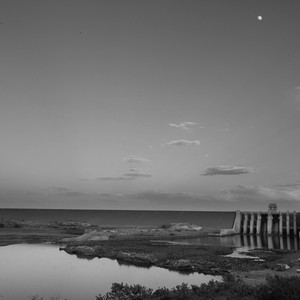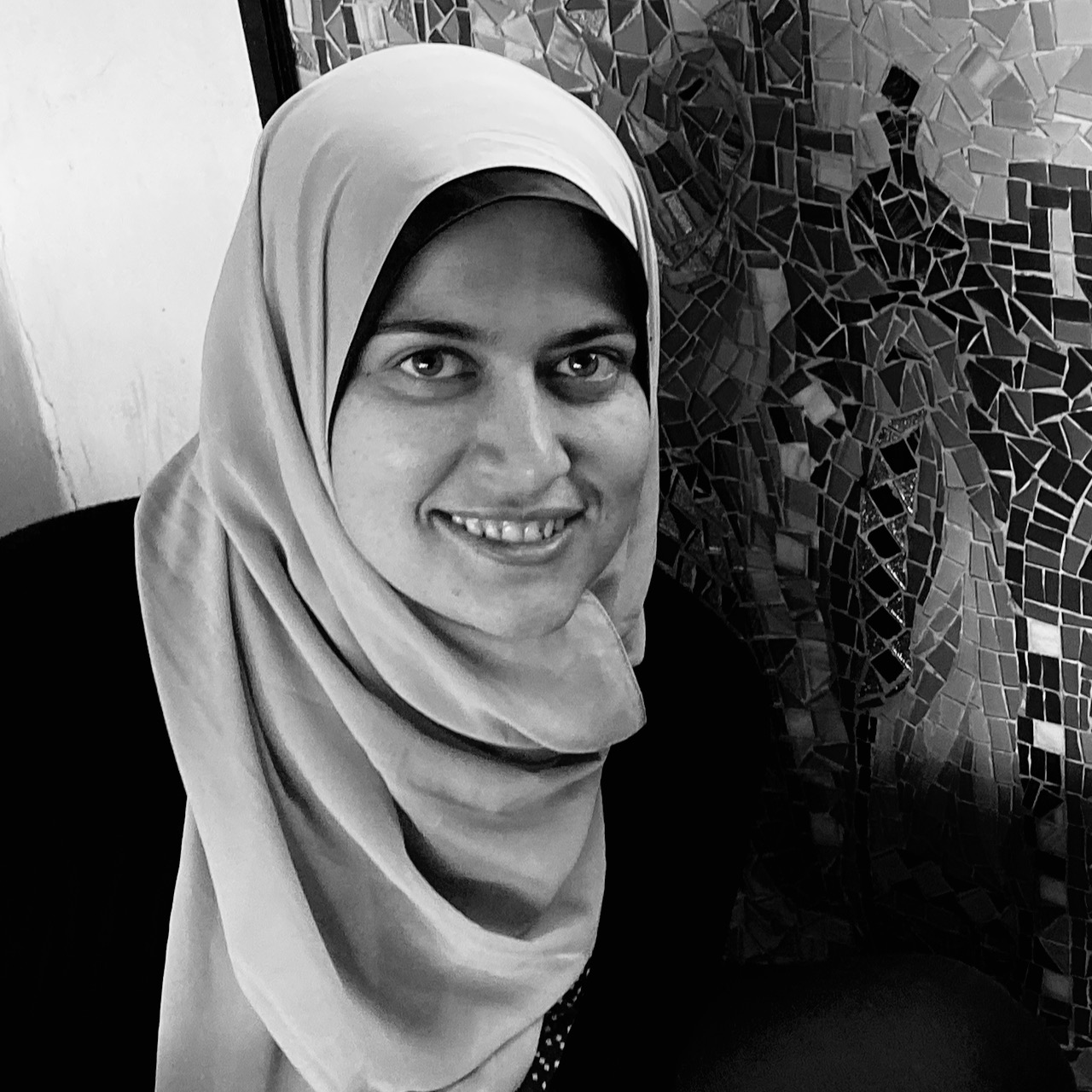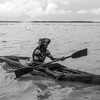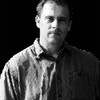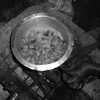CommentHow to report on dams without having seen one
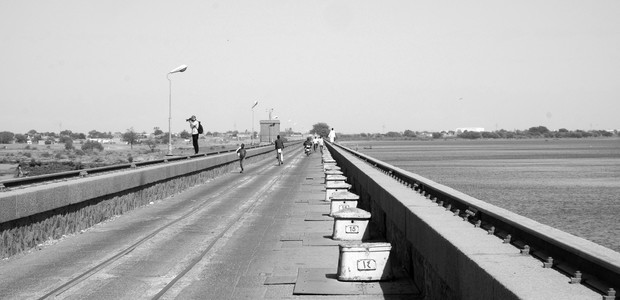
During a Media Training Workshop on dams in Khartoum, Sudan, the trainer asked the group journalists if they had ever visited a dam. Surprisingly enough, just a few hands went up, prompting me to wonder if a journalist can write about dams without having seen one.
Of course, it is always better to visit a dam site, but the answer that jumped to my brain was: yes, you can write about something you haven’t seen. As long as journalists who cover dams take the time to inform themselves about how dams work, what they look like, and the different types of dams. This desktop research becomes easier thanks to Google, Youtube and other online resources.
You can write about something you haven’t seen.
This is how I personally became the journalist responsible for covering dams and cascade dams, starting by studying the issues relating to dams in Africa and the Middle East.
I found that dams amount to more than just blocks of concrete or other materials: they are structures that have a complex impact on the surrounding ecosystem. They may help regulate water flow, prevent floods, and save crops, but they also decrease the flow of sediments. However, removing natural vegetation and leakage from new reservoirs or dams can mean that the water table rises, carrying stored salts to the surface and harming crops.
I learnt that dams have pros and cons. While some big dams are built to store water for emergency needs, water lost via evaporation might be more than expected. Similarly, producing hydroelectric power means providing electricity for houses, but it also means destroying others as citizens are forced to give up their homes because of a dam project.
Attending events related to this topic and being surrounded by a community of water management and dam experts is vital for a journalist like me. I can listen to researchers and experts discussing the topic, and I can pose questions to them on the sidelines of the event, which helps me hone a story idea to send to my editor.
But what if this golden moment comes, and the journalist was not prepared? Let me tell you a story: In 2018, while I was attending World Water Week in Stockholm, I was in the press room, and I heard that the Iraqi Minister of Water was attending. I alerted my editor, and we agreed that I would interview him.
And all of a sudden, I looked up and saw the minister passing me. I went over and asked him for an interview, and he agreed. Because of my preparation, I managed to touch on the real, local problems like the huge hydroelectric dam built by Turkey on the Tigris river and the risks of creating water shortages downstream in Iraq, not to mention the effect of this on soil salinity which is one of the most significant problems facing the country, putting food security at risk.
I learnt to hunt for the human-related angle.
So carefully reading the event agenda before attending and then targeting some specific sessions and speakers top my “must do” list before attending a conference. I google the speakers and organisations' names to know more about their work and get familiar with some dam-related glossaries like dead storage, aquifers, evapotranspiration, and others.
I try to keep myself up to date on the topic of dams: the Grand Ethiopian Renaissance Dam in particular and Nile issues in general. This means taking some other steps, such as setting a Google Alert with keywords and following all the players in this topic on social media. Such steps reliably help me find story ideas to pitch to my editor.
Over years of working as a journalist specialising in dams, I learnt to hunt for the human-related angle. While interviewing a source or pitching a story, I keep my mind fixed on the question: What impact does this have on humans?
After all, to convince the editor, I need to show him/her that this story will engage the reader, that it relates to them.
As a journalist living beside the Nile, it is hard to resist the temptation of writing about conflict. The minute you talk about “war”, “blood”, or “the death of the Nile”, the clicks climb, but it is important to recall that, so far in the history of humankind, there was never a war over water between countries.
In my stories, I try to address questions like: What are the solutions to this problem? Am I missing or ignoring any perspective? And if the story is about cascade dams in an international river, I try to bring in the voices from the different riparian countries with their diverse opinions.
In 2013, I wrote my first story on dams – a long feature focused on the establishment of the Grand Ethiopian Renaissance Dam and its effects on both Egypt and Sudan. I interviewed two experts from Egypt, each with a different scientific point of view, and though I didn’t have any contacts with Ethiopian journalists or experts at this time, I managed to find two via social media, each with their specific viewpoint.
Teamwork is crucial when covering transboundary stories.
My personal take-aways from that story: teamwork is crucial when covering transboundary stories and prioritises science's voice all the time.
Finally, before sending the story, I check everything, from scientific accuracy to the names of the organisations, sources, and the numbers mentioned in the story. I also check that the various voices and perspectives have been given the same space and attention. I re-read my story to see if there is any jargon that needs explanation or any questions which need answering.
Covering water can either be shallow, just stating the obvious and copy and pasting press releases. But, with journalistic attention to detail, it can also go much deeper, boosting awareness and even exposing corruption.
